100 Fascinating Facts About the Amazon Rainforest You Need to Know
The Amazon rainforest isn’t just a stunning natural wonder; it’s a crucial part of our planet’s ecosystem. Covering over 5.5 million square kilometres, it houses an astounding 10% of all known species. This vibrant habitat plays a key role in regulating the Earth’s climate.
In this post, you’ll uncover 100 fascinating facts about the Amazon. From unique species to its incredible biodiversity, each fact reveals something new and eye-opening. Whether you’re an avid nature lover or just curious about this remarkable place, you’ll find plenty of insights to take away. Get ready to explore the wonders of the Amazon!
Geographical Facts
The Amazon rainforest, a stunning expanse of nature, is known for its incredible size and rich biodiversity. Understanding its geographical aspects helps us appreciate its significance in the world’s ecosystem. Here are some key geographical facts about this remarkable rainforest.
Size and Area
The Amazon rainforest covers approximately 5.5 million square kilometres, making it the largest tropical rainforest on Earth. To put that into perspective, it’s about twice the size of India or roughly 28 times the size of the UK. This vast area houses around 10% of all known species, showcasing its critical role in our planet’s biodiversity. The size of the Amazon is so immense that it is two-thirds the size of the contiguous United States. You can explore more about its area comparison here.
Countries Covered
The Amazon rainforest spans across nine countries in South America. These countries include:
- Brazil (the largest portion)
- Peru
- Colombia
- Venezuela
- Ecuador
- Bolivia
- Guyana
- Suriname
- French Guiana (an overseas territory of France)
This diverse geographic distribution highlights the rainforest’s importance to multiple nations and their ecosystems. Each country plays a crucial role in conserving this vital resource. To learn more about the countries that make up the Amazon, check out the detailed insights from National Geographic.
Major Rivers
The Amazon River, which flows through this stunning rainforest, is the lifeblood of the ecosystem. It stretches over 6,400 kilometres, making it one of the longest rivers in the world. The river not only nourishes the flora and fauna but also supports the indigenous communities along its banks.
In addition to the Amazon River, there are several other significant rivers within the rainforest. They include:
- Rio Negro
- Rio Madeira
- Rio Tapajós
These rivers contribute to the extensive network of waterways, offering habitats for countless species and acting as vital transportation routes. For further details on the Amazon River, visit Britannica.
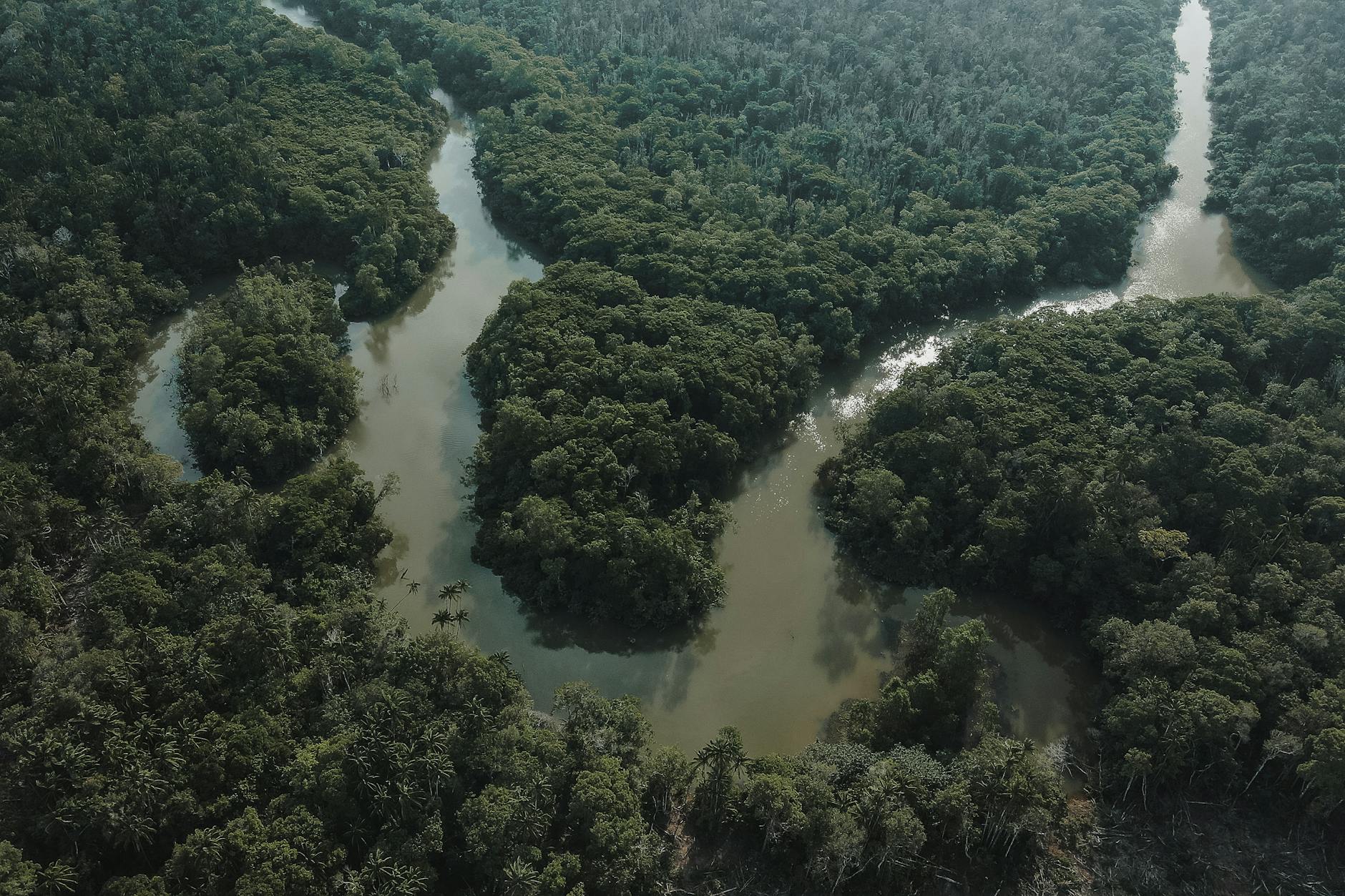
Photo by Pok Rie
Biodiversity in the Amazon
The Amazon rainforest is not just a lush green expanse; it’s a rich tapestry of life. This incredible ecosystem boasts an astonishing variety of species, making it one of the most biodiverse areas on Earth. Let’s explore what makes the biodiversity of the Amazon so unique and vital.
Species Count
The Amazon rainforest is home to an estimated 3 million species of flora and fauna. This staggering number includes:
- Over 40,000 plant species
- 2,200 species of birds
- 2,200 species of fish
- 1,300 species of mammals
- 400 billion individual trees covering more than 5.5 million square kilometres
These numbers show the Amazon holds about 10% of the world’s known biodiversity. Such a vast array of species plays a crucial role in regulating the planet’s climate and supporting human life, making it essential to protect this vibrant ecosystem. For more details about the biodiversity of the Amazon, refer to Greenpeace.
Unique Species
The Amazon rainforest is famed for its unique and often extraordinary inhabitants. Some species are endemic to this region, meaning they can only be found here. Notable examples include:
- Amazonian manatee: This gentle giant is adapted to a life spent in the water, often seen grazing on aquatic plants.
- Pink river dolphin: A rare sight, these dolphins are known for their distinctive colour and intelligence.
- Jaguar: The largest cat in the Americas, the jaguar is a crucial predator in the ecosystem.
- Glass frog: With translucent skin, these frogs are a marvel of nature, allowing us to see their internal organs.
Such unique species highlight the extraordinary evolutionary processes occurring in the Amazon, making it a hotspot for scientific research and discovery. Learn more about these fascinating animals on WWF.
Ecosystems and Habitats
The Amazon rainforest consists of several interconnected ecosystems, each serving its unique purpose. Key ecosystems include:
- Flooded forests: These areas are vital for fish breeding and serve as critical habitats for birds and other wildlife.
- Terra firme forests: These upland areas are home to a diverse range of trees, supporting countless species of insects, birds, and mammals.
- Savannas: These grassland regions are crucial for grazing animals and promote biodiversity among flora and fauna.
Each of these habitats plays an essential role in maintaining ecological balance. By understanding and protecting the various ecosystems within the Amazon, we contribute to preserving nature’s intricate web of life. For an in-depth look at these ecosystems, check out Rainforest Cruises.
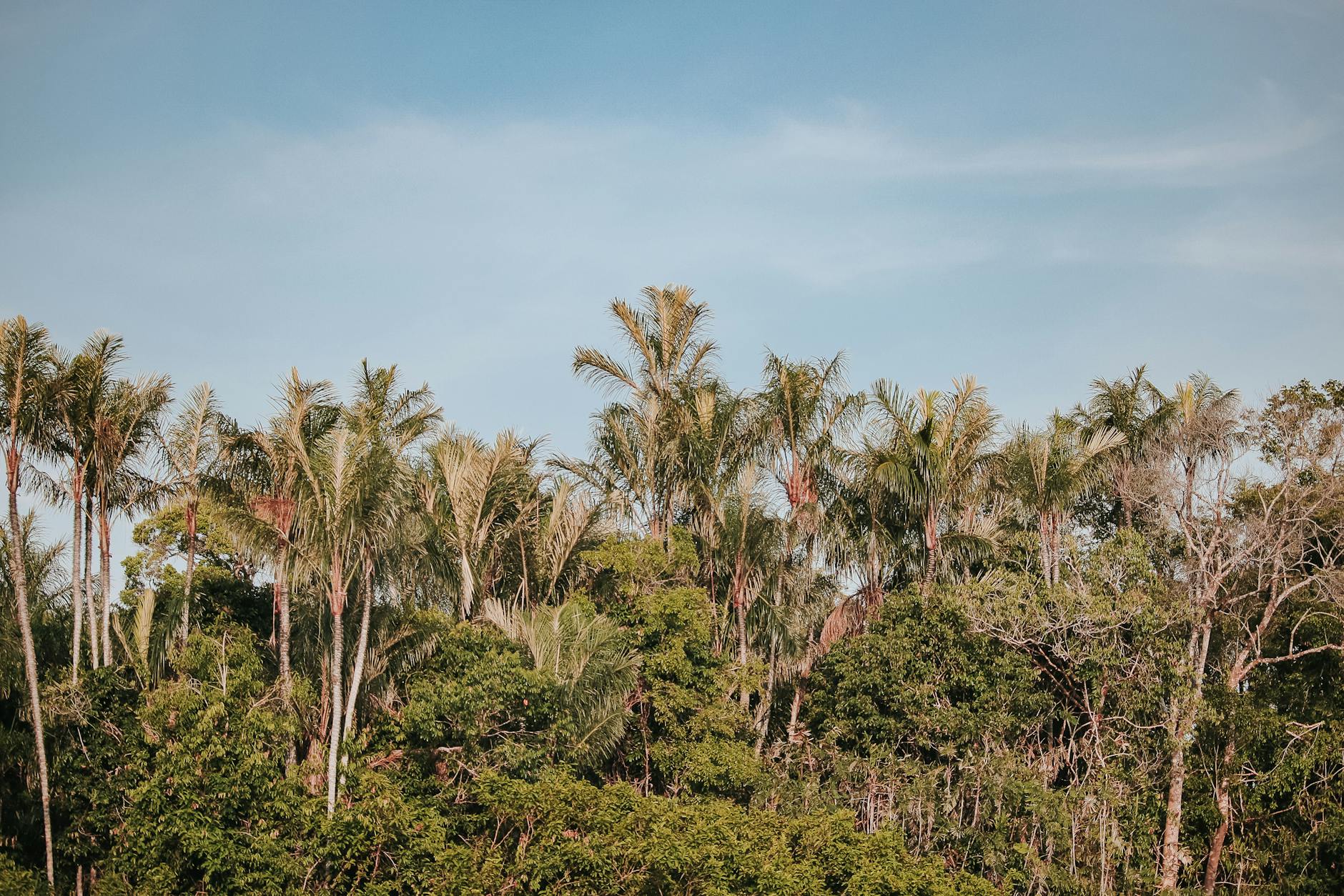
Photo by Jean Gc
Cultural Significance
The Amazon rainforest is not just an ecological treasure; it’s a cultural haven for many indigenous peoples. Their connection to the forest is deep-rooted and complex, influencing their traditions, beliefs, and daily lives.
Indigenous Peoples
The various indigenous tribes, such as the Yanomami and Kayapo, have lived in the Amazon for thousands of years. Their intricate knowledge of the rainforest is remarkable, often passed down through generations. They rely on its resources for food, medicine, and materials for shelter.
The rainforest is not merely a backdrop; it’s integral to their identity. Every plant, animal, and river holds significance and stories that shape their culture. For example, many tribes view the forest as a living creature, deserving respect and protection. This vital relationship means they possess invaluable insights into sustainable living. Their traditional practices often promote conservation and biodiversity, essential for the ecosystem’s health.
You can learn more about the intimate ties between indigenous people and the Amazon here.
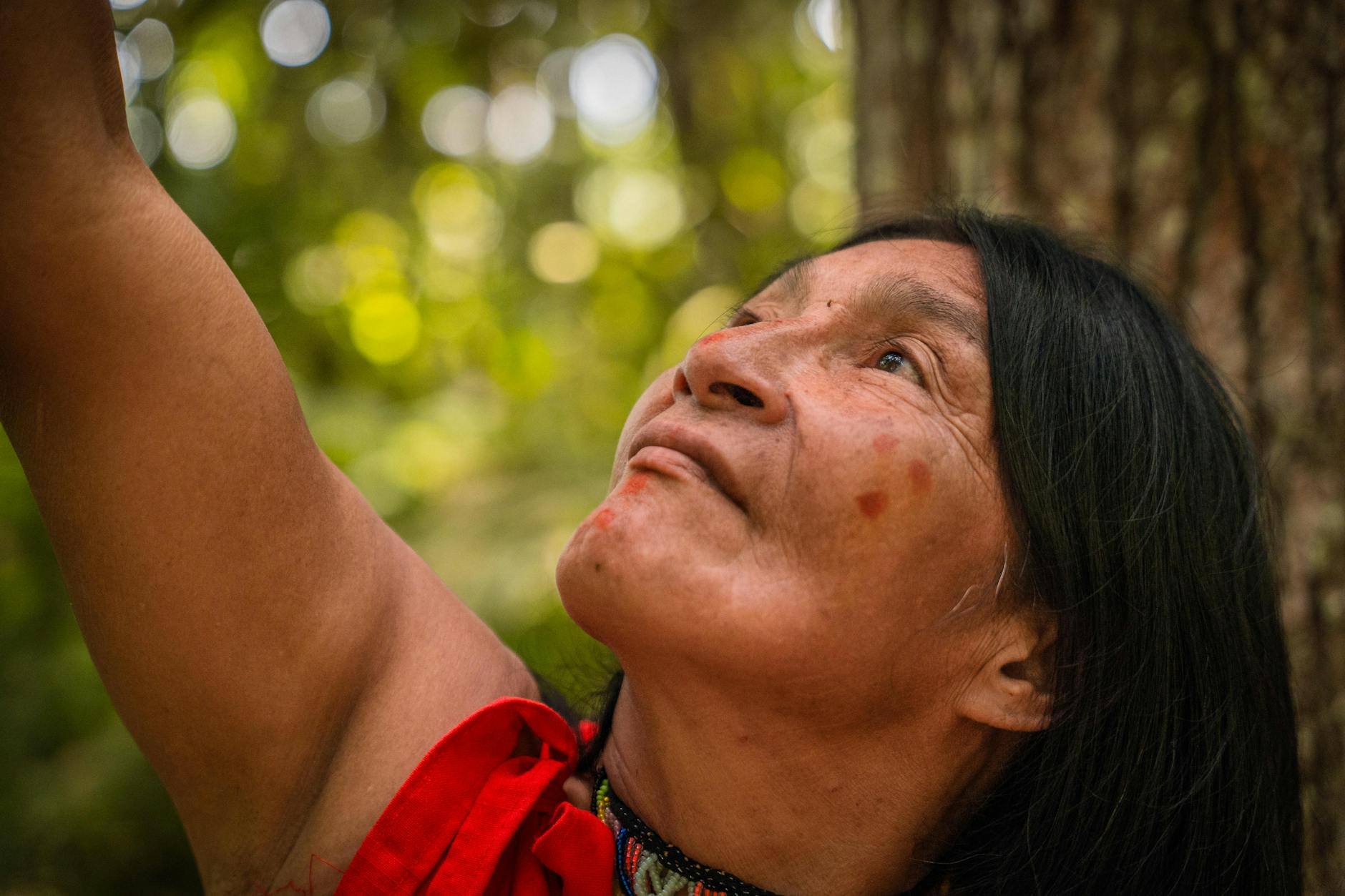
Photo by Bill Salazar
Cultural Practices
Cultural practices among Amazonian tribes are deeply intertwined with the rainforest. Festivals celebrate various aspects of nature, acknowledging its role in their lives. Rituals often involve music, dance, and storytelling that transmit knowledge and cultural values.
Food also plays a pivotal role in their culture. Many dishes are created with ingredients sourced directly from the rainforest. This not only sustains their communities but also emphasises their connection to the land.
Moreover, the use of plants for medicine is a testament to their profound understanding of the rainforest. Many indigenous communities possess extensive knowledge of local flora and its medicinal properties. This ancient wisdom has the potential to contribute to modern medicine, advocating the importance of preserving these cultures.
Their art reflects the beauty of the Amazon, with craftsmanship that incorporates natural materials. Each piece tells a story, celebrating their heritage while ensuring these traditions thrive among younger generations.
Discover more about the rich cultural practices of the Amazon’s indigenous peoples here.
Environmental Impact
The Amazon rainforest plays an essential role in maintaining our planet’s health. Its vast ecosystems support climate regulation, influence water cycles, and are home to diverse species. Understanding these functions helps highlight the importance of preserving this unique habitat.
Climate Regulation
The Amazon rainforest acts as a major carbon sink, absorbing vast amounts of carbon dioxide. This process helps mitigate climate change by reducing the concentration of greenhouse gases in the atmosphere. The forest’s trees, soil, and vegetation work together to absorb and store carbon. However, due to deforestation and environmental degradation, the Amazon now emits more carbon dioxide than it absorbs, exacerbating global warming. Recent studies indicate that approximately 17% of the Amazon has been lost, affecting its carbon balance dramatically. For a detailed analysis of this shift, visit Scientific American.
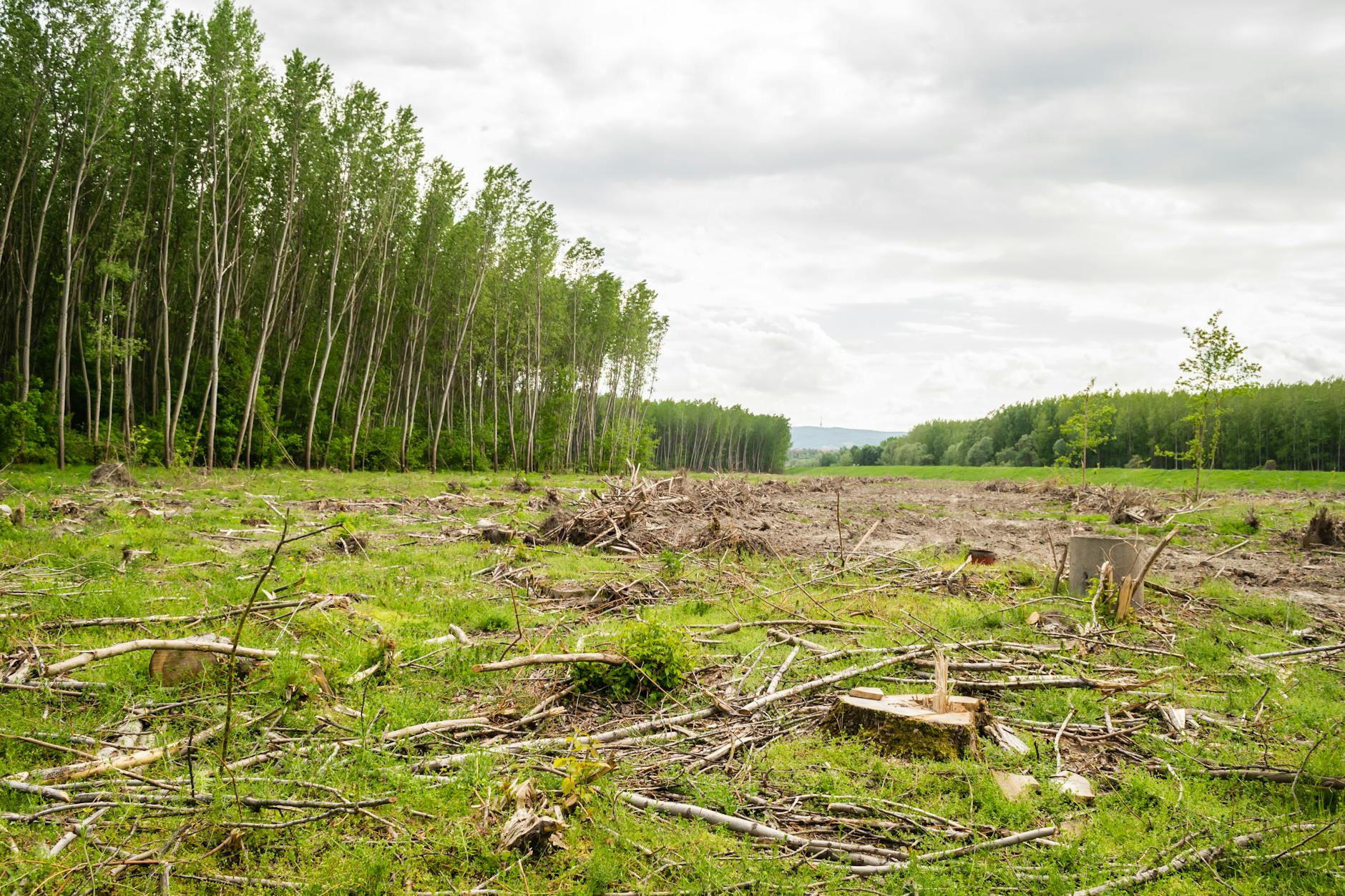
Photo by Zoran Milosavljevic
Hydrological Cycle
The Amazon plays a critical role in the global hydrological cycle. Its trees absorb rainwater and release it back into the atmosphere through a process called transpiration. This moisture contributes to rainfall patterns across South America and beyond. The rainforest’s capacity to generate and regulate water is vital for maintaining agriculture and urban water supplies. However, deforestation threatens this delicate balance, potentially collapsing the hydrological cycle and leading to severe regional droughts. For more insights into this crucial function, check out this article on National Geographic.
Biodiversity Loss
Biodiversity in the Amazon is under severe threat. With over 3 million species of plants and animals, the rainforest is a hotspot for unique flora and fauna. Yet, deforestation, illegal logging, and land clearing for agriculture are leading causes of habitat destruction. Research shows that about 17% of the Amazon’s forest cover has been lost. This loss jeopardises countless species, many of which are endemic and cannot survive outside their natural habitats. Protecting this biodiversity is crucial, as it supports ecosystem stability and resilience. For further information on biodiversity in the Amazon, visit World Wildlife Fund.
Conservation Efforts
The Amazon rainforest faces numerous threats, but various conservation efforts are underway to protect this vital ecosystem. These initiatives focus on establishing protected areas, the role of NGOs, and the involvement of local communities. Each of these elements plays a significant role in ensuring the survival of the rainforest and its inhabitants.
Protected Areas
Protected areas play a critical role in conserving the Amazon rainforest’s biodiversity. Approximately 40% of the Amazon region is under some form of protection, including national parks, reserves, and indigenous territories. These areas safeguard unique habitats and provide refuge for countless species.
The significance of these protected regions cannot be overstated. They help maintain ecological balance, preserve critical waterways, and mitigate climate change impacts by acting as carbon sinks. For instance, the establishment of key protected areas has prevented deforestation and facilitated sustainable development.
Organisations like WWF have made strides in this respect, helping establish and manage these conservation areas. For a deeper look into the importance of protected areas, visit WWF: Protected Areas for the Amazon.
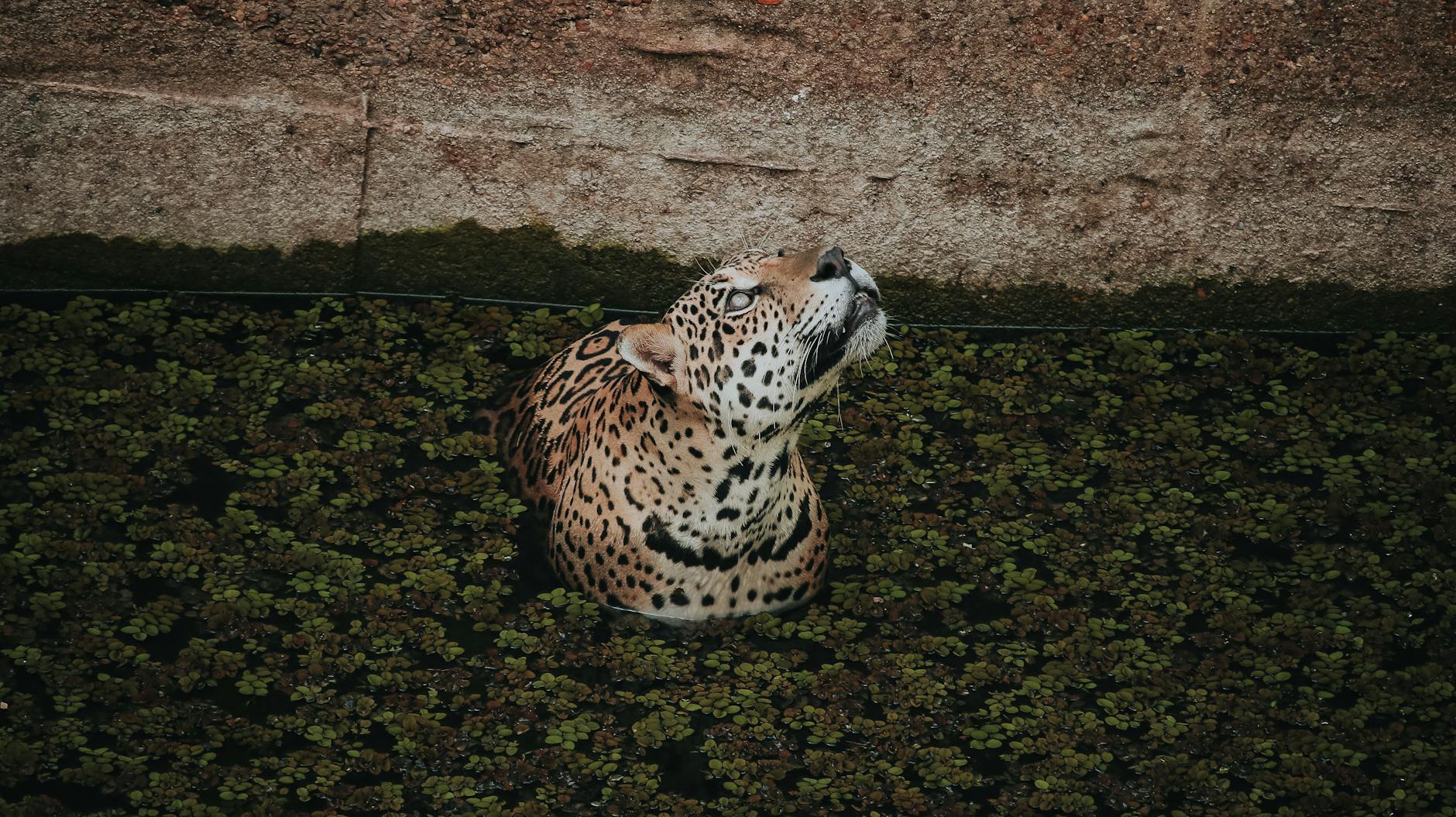
Photo by Jean Gc
NGO Initiatives
Non-Governmental Organisations (NGOs) play a crucial part in Amazon conservation. They unite science and communities to develop innovative solutions for protecting the rainforest. NGOs such as Amazon Conservation focus on empowering local residents and promoting sustainable practices. Their initiatives include:
- Supporting indigenous rights and traditional land management
- Conducting scientific research to guide conservation strategies
- Raising awareness about the importance of the Amazon rainforest
These organisations work collaboratively with local communities and governments to implement conservation measures. For example, initiatives led by the Rainforest Foundation US ensure that indigenous people have the tools and resources needed to defend their rights and protect their habitats. To learn more about impactful NGO initiatives, check out Amazon Conservation.
Community Involvement
Engaging local communities is essential in the fight to protect the Amazon. Indigenous groups and rural populations hold invaluable knowledge about the forest, gathered over generations. When involved in decision-making processes, they contribute to effective conservation strategies.
Community-driven initiatives focus on:
- Sustainable land use practices
- Forest monitoring and protection
- Education and training to enhance livelihoods without harming the environment
Research shows that indigenous communities are often the best defenders against deforestation. They safeguard critical areas that are vital for biodiversity and carbon storage. These local efforts are supported by various organisations to promote resilience and sustainability. For further insights on community involvement, visit Indigenous Communities Protect the Amazon.
By working together across these fronts, there is hope for the future of the Amazon rainforest. Each effort, whether through protected areas, NGO initiatives, or community involvement, contributes significantly to the conservation of this extraordinary ecosystem.
Economic Importance
The Amazon rainforest is a crucial economic asset, contributing significantly to the livelihoods of local communities and the economies of several countries. Its wealth of resources and the appeal of its natural beauty make it vital both for local populations and the global market. Understanding its economic importance can help us appreciate the need for conservation efforts.
Resources and Commodities
The Amazon is rich in resources that support local and global economies. Among these are timber and medicinal plants, both of which are vital for various industries.
- Timber: This region is a major source of high-quality timber, including species like mahogany and teak. Logging activities provide jobs and income but must be managed sustainably to prevent forest degradation. Unsustainable logging practices can lead to significant ecological damage.
- Medicinal Plants: The Amazon is home to numerous plants with medicinal properties, many of which are unknown to science. Some have become essential in modern medicine. The potential for discovering new medicines here is enormous, indicating that preserving the rainforest could lead to breakthroughs in health care. You can learn more about the economic value of Amazonian resources here.
The economic implications extend beyond extraction. Sustainable resource management can also enhance income without compromising ecological integrity.
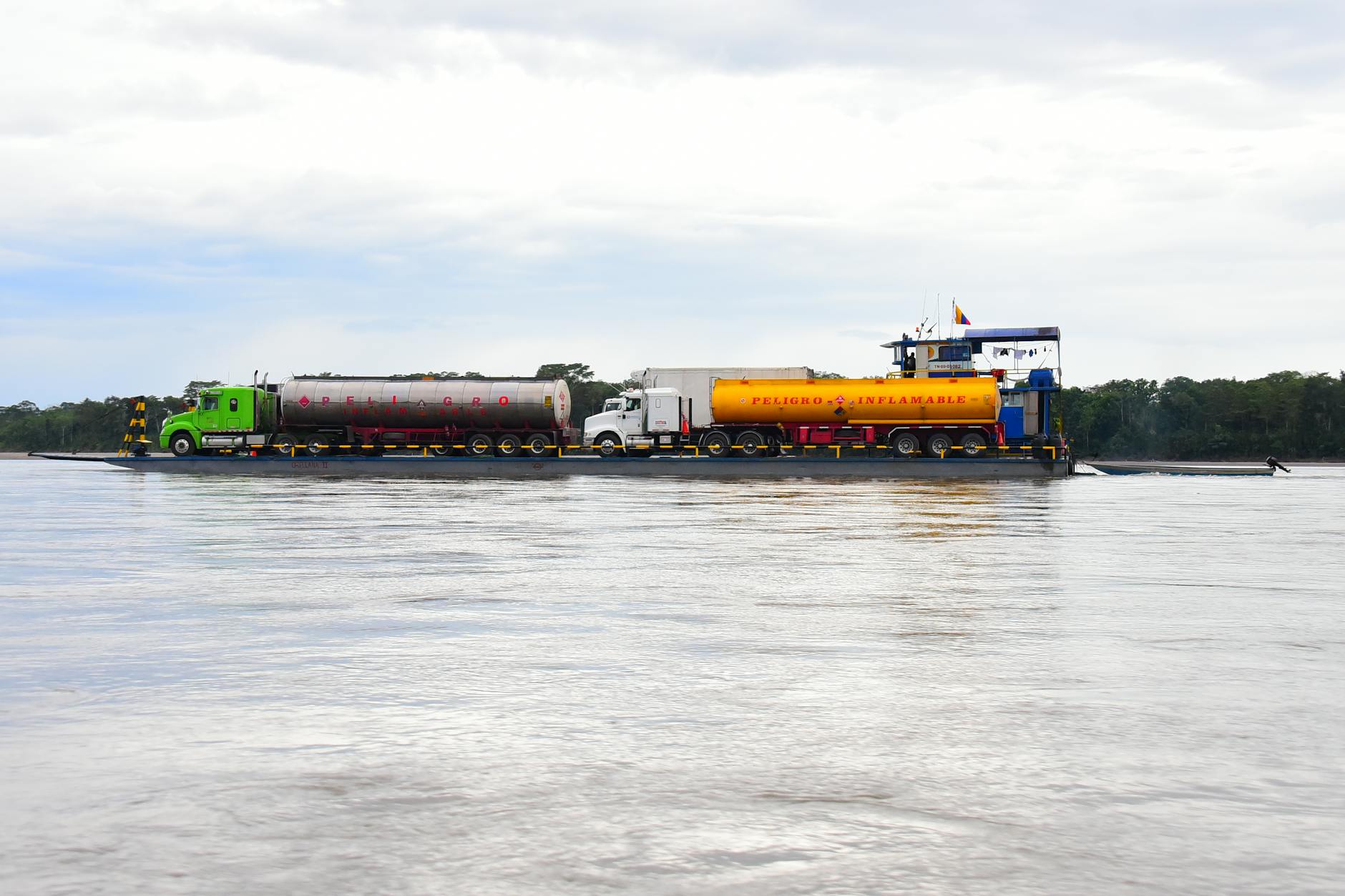
Photo by Kaushik Mahadevan
Tourism
Eco-tourism has emerged as a significant driver of economic growth in the Amazon. Visitors flock to experience its stunning biodiversity and unique landscapes. This shift towards eco-friendly travel brings several benefits:
- Economic Benefits: Eco-tourism generates income for local communities, creating jobs and encouraging cultural preservation. Tourists often stay in local lodges, hire local guides, and purchase crafts, injecting money directly into the community.
- Conservation Incentives: The financial success of eco-tourism provides a strong incentive for conservation. When communities see a direct financial benefit from preserving their environment, they are more likely to protect it.
- Awareness Raising: Tourism increases awareness about the importance of the Amazon. Visitors return home with stories and knowledge, spreading the message of conservation benefit globally. For further insights on the economic aspects of eco-tourism, check out this article here.
This gives a comprehensive perspective on the economic importance of the Amazon rainforest, highlighting how resource management and tourism can work together for sustainable development.










